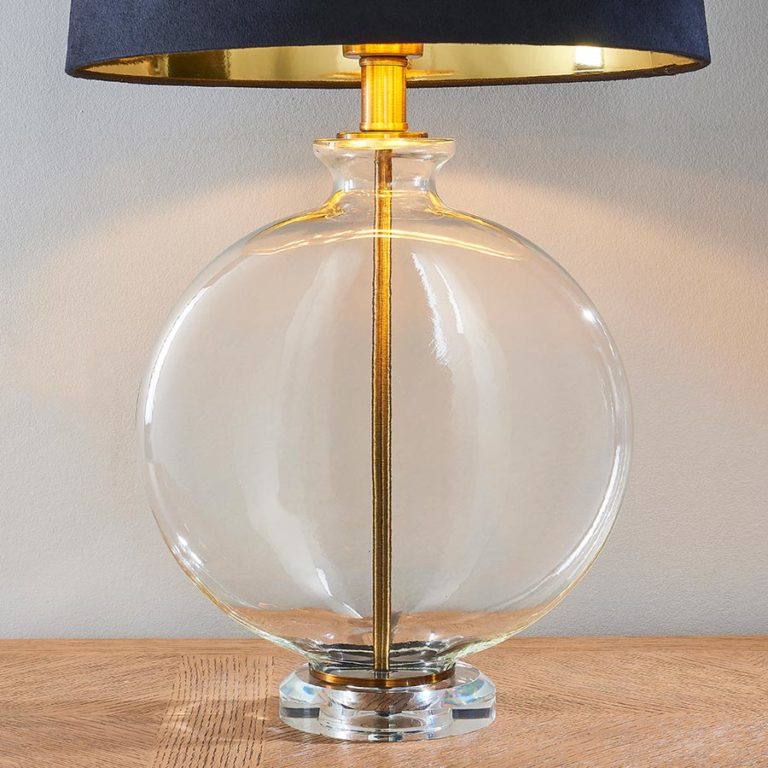
Uranium glass is used as one of several intermediate glasses in what is known to scientific glass blowers as a 'graded seal'. Martin Klaproth (1743–1817), who discovered uranium, later experimented with the use of the element as a glass colourant. Starting in the late Middle Ages, pitchblende was extracted from the Habsburg silver mines in Joachimsthal, Bohemia (now Jáchymov in the Czech Republic), and was used as a coloring agent in the local glassmaking industry. Gunther of the University of Oxford in 1912.

The use of uranium glass dates back to at least 79 AD, the date of a mosaic containing yellow glass with 1% uranium oxide found in a Roman villa on Cape Posillipo in the Bay of Naples, Italy, by R.

Conversely, "Depression glass" is a general description for any piece of glassware manufactured during the Great Depression regardless of appearance or formula. Like "Vaseline", the terms "custard" and "jad(e)ite" are often applied on the basis of superficial appearance rather than uranium content.
Burmese glass (opaque glass that shades from pink to yellow). Depression glass (transparent or semitransparent pale green). Jadite glass (opaque or semi-opaque pale green initially, the name was trademarked as "Jadite", although this is sometimes over-corrected in modern usage to " jadeite"). Custard glass (opaque or semiopaque pale yellow). Several other common subtypes of uranium glass have their own nicknames: In the United Kingdom and Australia, the term Vaseline glass can be used to refer to any type of translucent glass. The term is sometimes applied to other types of glass based on certain aspects of their superficial appearance in normal light, regardless of actual uranium content which requires a blacklight test to verify the characteristic green fluorescence. Vaseline glass is sometimes used as a synonym for any uranium glass, especially in the United States, but this usage is frowned upon, since Vaseline-brand petroleum jelly was only yellow, not other colors. Specialized collectors still define Vaseline glass as transparent or semi-transparent uranium glass in this specific color. The most common color of uranium glass is pale yellowish-green, which in the 1930s led to the nickname "Vaseline glass", based on a perceived resemblance to the appearance of Vaseline-brand petroleum jelly as formulated at that time. Otherwise, modern uranium glass is now mainly limited to small objects like beads or marbles as scientific or decorative novelties. Most such objects are now considered antiques or retro-era collectibles, although there has been a minor revival in art glassware. Uranium glass was once made into tableware and household items, but fell out of widespread use when the availability of uranium to most industries was sharply curtailed during the Cold War in the 1940s to 1990s. James Powell’s Whitefriars glass company in London, England, was one of the first to market the glowing glass, but other manufacturers soon realised its sales potential and Uranium glass was produced across Europe and later North America. įirst identified in 1789 by a German chemist, uranium was soon being added to decorative glass for its fluorescent effect. The proportion usually varies from trace levels to about 2% uranium by weight, although some 20th-century pieces were made with up to 25% uranium. 
Uranium glass is glass which has had uranium, usually in oxide diuranate form, added to a glass mix before melting for colouration. Uranium glass used as lead-in seals in a vacuum capacitor







 0 kommentar(er)
0 kommentar(er)
